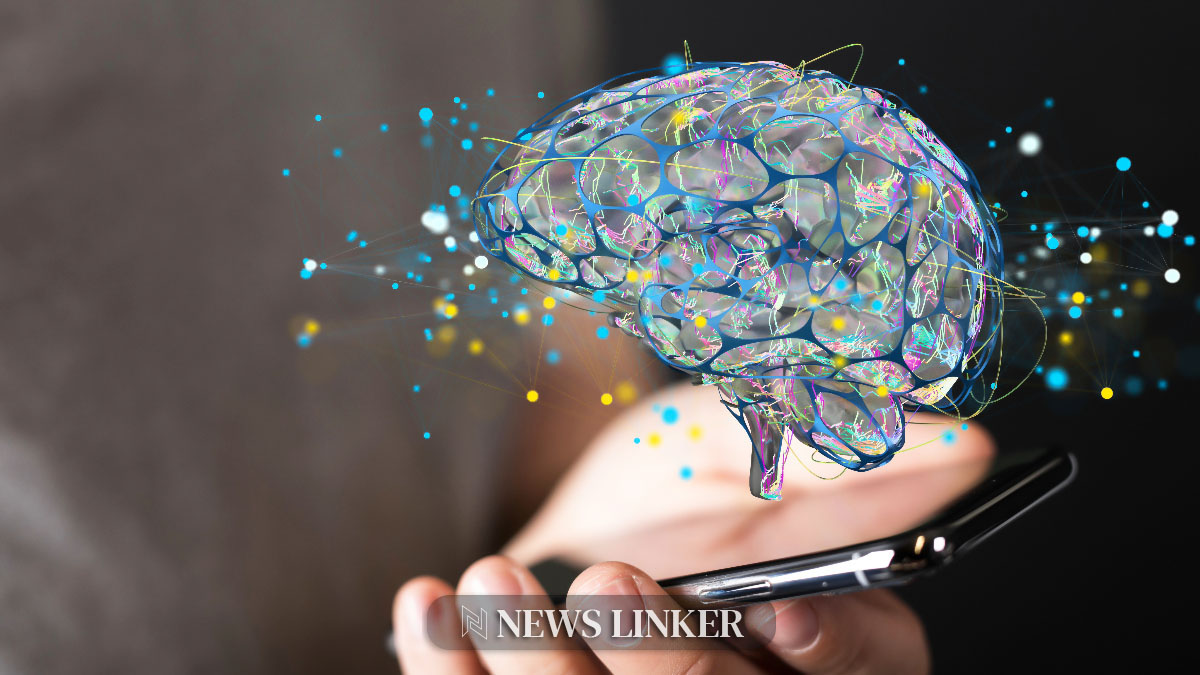When selecting from deep learning architectures, one must consider the specific task requirements. Convolutional Neural Networks (CNNs) are the go-to for image-related tasks due to their proficiency in handling grid-like data. Meanwhile, Recurrent Neural Networks (RNNs) shine when processing sequential information, such as in language modeling or time series analysis. Generative Adversarial Networks (GANs) have gained fame for their ability to create new, realistic samples of data, and Transformers currently lead the way in natural language processing tasks due to their parallel data processing capability. Finally, Encoder-Decoder architectures offer flexibility, enabling the transformation of input data into different structured outputs.
The development of these architectures has historical roots, with each innovation building upon the limitations of its predecessors. CNNs, for instance, were inspired by the need for automatic feature detection in images, addressing the manual feature engineering that was cumbersome and inefficient. Subsequently, RNNs were developed to account for sequential data, filling the gap left by CNNs’ inability to handle such formats. GANs emerged as a solution to the synthetic generation of data, particularly in cases where data was scarce or privacy concerns restricted the use of real data. Transformers, relatively new in the field, addressed the computational inefficiencies of RNNs, offering a more effective approach for managing sequence-to-sequence tasks. The evolution of these architectures has been marked by a continuous effort to optimize performance, efficiency, and versatility across various domains and applications.
What Makes CNNs Unique?
CNNs are renowned for their hierarchical structure, which enables them to perform exceptionally well in image recognition and classification. Through a series of convolutional, pooling, and fully connected layers, CNNs can automatically detect and prioritize features from an image without human intervention. The architecture of CNNs is designed to mimic the way the human visual cortex operates, extracting features through filters and reducing dimensions with pooling to manage computational complexity and prevent overfitting.
How Do RNNs Handle Sequential Data?
RNNs specialize in handling data sequences, retaining information from previous inputs to influence future outputs, thereby excelling in contexts where order matters. However, RNNs face challenges with long-term dependencies due to gradient issues. Variants like LSTMs and GRUs mitigate these problems, leading to improved performance in sequential tasks. For instance, a scientific paper published in the journal Neural Networks titled “Long Short-Term Memory” delves into the mechanisms that empower LSTMs to overcome the limitations of traditional RNNs, particularly in learning long-term dependencies.
What Role Do GANs Play in Data Generation?
GANs stand out as they leverage a zero-sum game between two networks, the generator and the discriminator, to synthesize new data that matches the statistical properties of a training set. This capability has transformative implications across various fields such as art, design, and more, where the generation of novel, realistic images is valuable. GANs continue to evolve, with research focusing on enhancing the stability and quality of generated data.
Points to Consider:
- CNNs are ideal for grid-like topology data processing.
- RNNs are beneficial for tasks requiring memory of previous inputs.
- GANs are excellent for creating realistic synthetic data.
- Transformers provide efficient, scalable solutions for NLP.
- Encoder-Decoder models are suitable for input-output transformations.
In conclusion, each deep learning architecture offers distinct advantages suited to particular types of tasks. CNNs are the standard for tasks involving visual data, such as image and video analysis. RNNs and their advanced variants are the choice for sequential data analysis, including speech and text. GANs have opened new avenues in the creative generation of synthetic data, while Transformers represent a leap in handling language-related tasks with their attention mechanisms and parallel processing. Encoder-Decoder architectures serve as a versatile framework for modeling complex input-output mappings. It’s this specificity and the ability to address particular challenges that dictate the choice of architecture in designing AI systems. Understanding these nuances allows for the strategic application of each model to achieve optimal results in data analysis, synthesis, and prediction.










